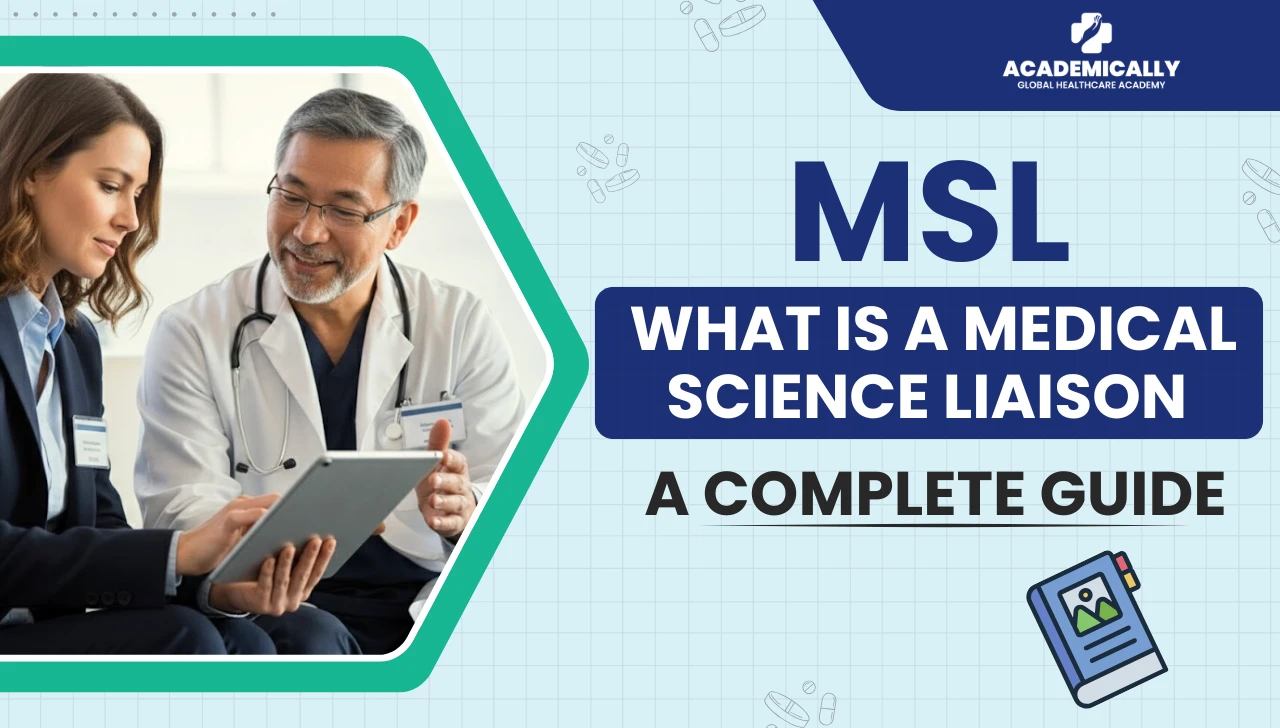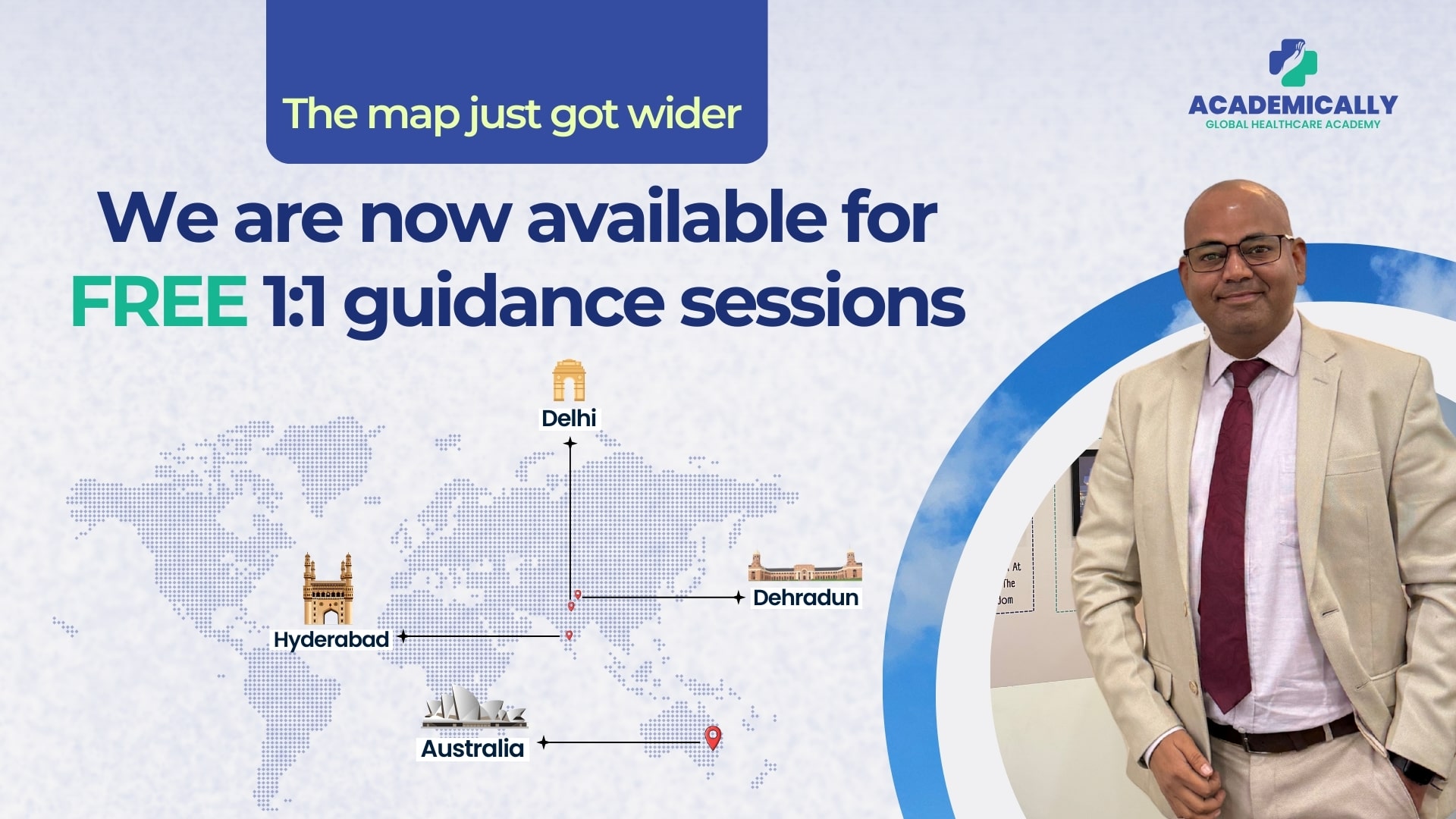Did you know… the pharmaceutical industry is projected to grow at a CAGR of 13.50% during the forecast period of 2025-2034? The valuation may come up to USD 5.32 Billion by 2034 as payers and health systems demand stronger evidence of value for new therapies. This structural demand is creating an expanding global Health Economics and Outcomes Research (HEOR) workforce across pharma, biotech, payers and health industries.
Inspiration Corner: Learning from a Nobel Laureate’s Perspective

Renowned economist and Nobel laureate Abhijit Banerjee said in his book Poor Economics wrote, “The poor are no less rational than anyone else quite the contrary. Precisely because they have so little, we often find them putting much careful thought into their choices. They have to be sophisticated economists just to survive.”
This is exactly what HEOR reflects on. Every healthcare decision, be it allocating a national health budget, pricing a life-saving drug or choosing between two therapies; they demand the same kind of rational, evidence-backed judgment that Banerjee describes. HEOR professionals bring this disciplined reasoning into healthcare systems, ensuring that data, cost, and human impact align to make treatments more accessible and sustainable.
In a world where every rupee and dose can determine lives, HEOR brings a holistic clarity on whether medicines are safe, effective and affordable.
Why “global HEOR” matters
Pharmaceutical decisions hugely depend on economic modeling, real-world data and robust outcome measurement. That shift is turning HEOR from a niche analytics service into a strategic business function. Manufacturers, payers, HTA agencies, consultancies and CROs need people who can convert clinical data into policy and pricing impact. The result? New global HEOR roles, more remote and cross-border work, and strong demand for people who can make maximum usage of clinical skills with analytic and communication skills.
What is HEOR?
HEOR stands for Health Economics and Outcomes Research. It measures the value of drugs, devices and programmes by analysing:
- Economic evaluation (cost-effectiveness, cost-utility models)
- Real-world evidence (RWE) analysis (claims, registries, electronic health records)
- Patient-reported outcomes and quality of life measurement
- Budget impact and payer access strategies
HEOR shows whether and how a health intervention improves outcomes for the money spent and why payers and policy makers should (or shouldn’t) adopt it.
Global HEOR Career Opportunities Explained
Here are some of the globally acclaimed career pathways for you to screen from:
- HEOR Analyst/Research Associate: entry to mid level. Work includes literature reviews, basic modelling, claims/RWD analysis, and drafting HEOR sections for papers and dossiers.
- Health Economist/Senior Modeller builds advanced economic and budget impact models, leads pharmacoeconomic analyses, and influences global pricing strategies.
- Real-World Evidence (RWE) Scientist focuses on data extraction/analysis from EHRs, claims, registries; designs pragmatic studies and observational analyses.
- Market Access/Reimbursement Specialist uses HEOR outputs to negotiate with payers and design access strategies in different countries.
- HEOR Director/Head of Value Evidence leads strategy, oversees global evidence generation plans and HTA submissions.
- Consultant (CRO/Consultancy) delivers HEOR services across multiple clients and geographies; often high exposure to diverse therapeutic areas.
- Policy & Payer roles: within government or insurers, using HEOR to set formularies, guidelines and coverage rules.
- Data-science/Machine Learning in HEOR roles merging AI with RWE to predict outcomes, adherence, or long-term cost trajectories.
Food for thought: the UK/EU, US, Canada, Australia and increasingly APAC (India, China, Singapore) and LATAM have active HEOR markets. Remote, hybrid, and cross-border projects are increasingly common, letting talent contribute to global dossiers from anywhere.
What Skills do Employers Look For?
Hiring managers look for:
- Strong quantitative skills: health economics modelling (Markov, partitioned survival), statistical analysis, familiarity with R, SAS, STATA or Python.
- Data fluency: working with claims/EHR/registry datasets and understanding observational study design.
- Clinical literacy: ability to read clinical trials and translate endpoints to economic outcomes.
- Communication skills: crafting HTA submissions, payer dossiers and clear value narratives for non-technical audiences.
- Business acumen and local knowledge: understanding regional payer systems and pricing constraints.
- Soft skills: collaboration across cross-functional teams (clinical, regulatory, market access, sales).
Careers by Employer Type: What to Expect?
- Pharma/Biotech: strategic HEOR teams, global evidence plans, long projects tied to product life cycles. Good for therapists/therapeutic area depth and visibility.
- Consultancies/CROs: project variety, faster pace, multiple client exposures — ideal to build diverse HEOR experience.
- Payers/HTA bodies: policy facing, implementation impact; less commercial pressure, more public health focus.
- Tech & RWD firms: product-focused roles building analytics platforms, RWE pipelines and digital tools.
- Universities & think tanks: methodological research, academic publications, grant writing.
Top Recruiters in HEOR: India & Abroad
As the global HEOR industry continues to expand, the demand for skilled professionals is rising sharply across pharmaceutical giants, contract research organizations (CROs), consulting firms, and health policy agencies. From New Jersey to Hyderabad, HEOR has become a cornerstone of evidence-based healthcare decision-making. Below is a snapshot of some of the leading global and Indian recruiters shaping the future of health economics and outcomes research, along with the roles and focus areas they typically hire for.
| Region | Top Recruiters | Roles | Key Focus Areas |
| Globally Renowned | Pfizer, Roche, Novartis, AstraZeneca, Sanofi, GSK, IQVIA, Parexel, Syneos Health, AbbVie | HEOR Analyst, Market Access Manager, Health Economist, RWE Scientist, Value Evidence Lead | Global value dossiers, cost-effectiveness analysis, RWE, pricing & reimbursement strategy |
| United States | Eli Lilly, Bristol Myers Squibb, Merck & Co., Johnson & Johnson, PhRMA, Analysis Group | Senior Health Economist, Outcomes Researcher, Director, HEOR, HTA Liaison | Health policy economics, HTA submissions, payer engagement |
| Europe (UK, Germany, Switzerland) | Bayer, UCB, NICE, Amgen, Takeda, LEO Pharma, RTI Health Solutions | HTA Consultant, Market Access Specialist, RWE Modeler | NICE appraisals, patient-reported outcomes, cost-benefit modelling |
| Asia-Pacific (Singapore, Japan, Australia) | Takeda, IQVIA, Boehringer Ingelheim, Pfizer, ICON, Optum | HEOR Scientist, Data Strategist, Real-World Data Analyst | Health technology assessment, regional pricing models, data analytics |
| India | Novartis, Pfizer, Zydus Lifesciences, Dr. Reddy’s Laboratories, IQVIA, Cytel, PharmaACE, Apcer Life Sciences, Tata Consultancy Services (TCS) | HEOR Analyst, Associate Consultant, RWE Data Analyst, Market Access Executive | Evidence synthesis, real-world data analytics, modelling and outcomes research |
Expert Insight: Many global HEOR leaders now outsource analytical and modelling functions to specialised teams in India, creating new high-growth opportunities for trained professionals who can bridge scientific evidence with strategic business insights.
Salary of an HEOR Professional in Different Countries
The market momentum is raising budgets for HEOR hiring globally. Compensation varies by region, company type and experience. Senior HEOR leaders in pharma and top consultancies in high-income markets command competitive total compensation.
| Country | Average Annual Salary (Local Currency) | Approx. INR Equivalent | Notes |
| India | ₹14,50,081 | ₹14.5 Lakh | Range: ₹9.07L – ₹16.5L; Top earners up to ₹17.5L |
| USA | $138,282 | ₹1.14 Crore | Range: $103K – $189K; Top earners up to $247K |
| UK | £51,398 | ₹51.4 Lakh | Average salary; specific HEOR roles may vary |
| Australia | $111,022 | ₹61.3 Lakh | Range: $90K – $134K; Top earners up to $135K |
| Germany | €64,526 | ₹57.5 Lakh | Range: €46K – €79K; Senior roles up to €79K |
| Dubai | AED 818,208 | ₹1.85 Crore | Range: AED 729K – AED 907K; Top earners up to AED 907K |
A Hypothetical Case Study: How an HEOR Project Shapes a Global Launch
A pharma company developing a new oncology drug will typically run these HEOR activities before launch:
- Early value framework and target product profile define the value story (survival, QoL, reduced hospitalisations).
- Economic modelling builds cost-effectiveness models, scenario analyses (different healthcare systems).
- RWE study: retrospective database analysis to show typical care pathways and costs.
- HTA dossier preparation: country-specific submissions for reimbursement.
- Post-launch evidence plan: observational studies and registries to collect long-term effectiveness and safety data.
Each step employs HEOR professionals, RWE scientists, and communication specialists to convert evidence into payer decisions.
Emerging HEOR Trends to Watch Out For
ISPOR and industry trackers highlight these trends shaping hiring and work:
- Greater emphasis on RWE and hybrid trials: HEOR teams will design pragmatic trials and use RWD for long-term effectiveness.
- Localised HTA & global value frameworks: more countries adopting HTA or formal coverage decisions; candidates who can localise global models will be valuable.
- Digital health economics: as digital therapeutics scale, HEOR models will incorporate app-based effectiveness and new adherence patterns.
- AI/ML in observational analysis: machine learning for phenotyping, causal inference and predicting utilization.
- Patient centricity & PROMs: patient-reported outcomes data becoming central to value arguments.
Break into HEOR with Our Expert Curated Roadmap
If you’re starting today, here’s a pragmatic plan:
Phase 0: Validate interest (0–1 month)
- Read key primers: ISPOR resources, published HTA dossiers and core HEOR textbooks.
- Try a professional Post Graduate Certificate Course in HEOR.
Phase 1: Build technical foundations (1–6 months)
- Learn one statistical language (R or Python) and basics of survival analysis.
- Complete exercises in cost-effectiveness modelling (Markov models).
- Take an HEOR-focused short course or MOOC.
Phase 2: Apply knowledge (6–12 months)
- Work on a capstone: a mock HTA dossier, an economic model, or an RWE mini-project with public datasets.
- Publish or present a case study — consultancies and hiring managers value tangible outputs.
Phase 3: Scale and specialise (12+ months)
- Move into junior HEOR analyst roles or consultancy internships.
- Specialize in a therapeutic area, RWE design, or pricing strategy.
- Network through ISPOR, regional societies and LinkedIn.
Common misconceptions about HEOR careers
- “HEOR is only for economists.” Not true. Clinicians, statisticians, data scientists, pharmacists and policy analysts all cross into HEOR with the right upskilling.
- “You need a PhD.” Helpful but not mandatory. Strong technical skills + domain exposure + a portfolio often matter more for many industry roles.
- “HEOR is purely academic.” Modern HEOR is highly applied: it influences pricing, access and business strategy.
How to Make your CV and Portfolio Stand Out
- Include quantifiable outcomes (e.g., “built cost-effectiveness model showing incremental cost per QALY of $X”).
- Host a public portfolio: sample models, Jupyter notebooks, R scripts, or a short HTA case study.
- Publish or present: even internal whitepapers or conference posters help.
- Emphasise cross-functional projects (worked with medical, regulatory, commercial teams).
For personalised career guidance, do not hesitate to speak to our friendly counselors.




